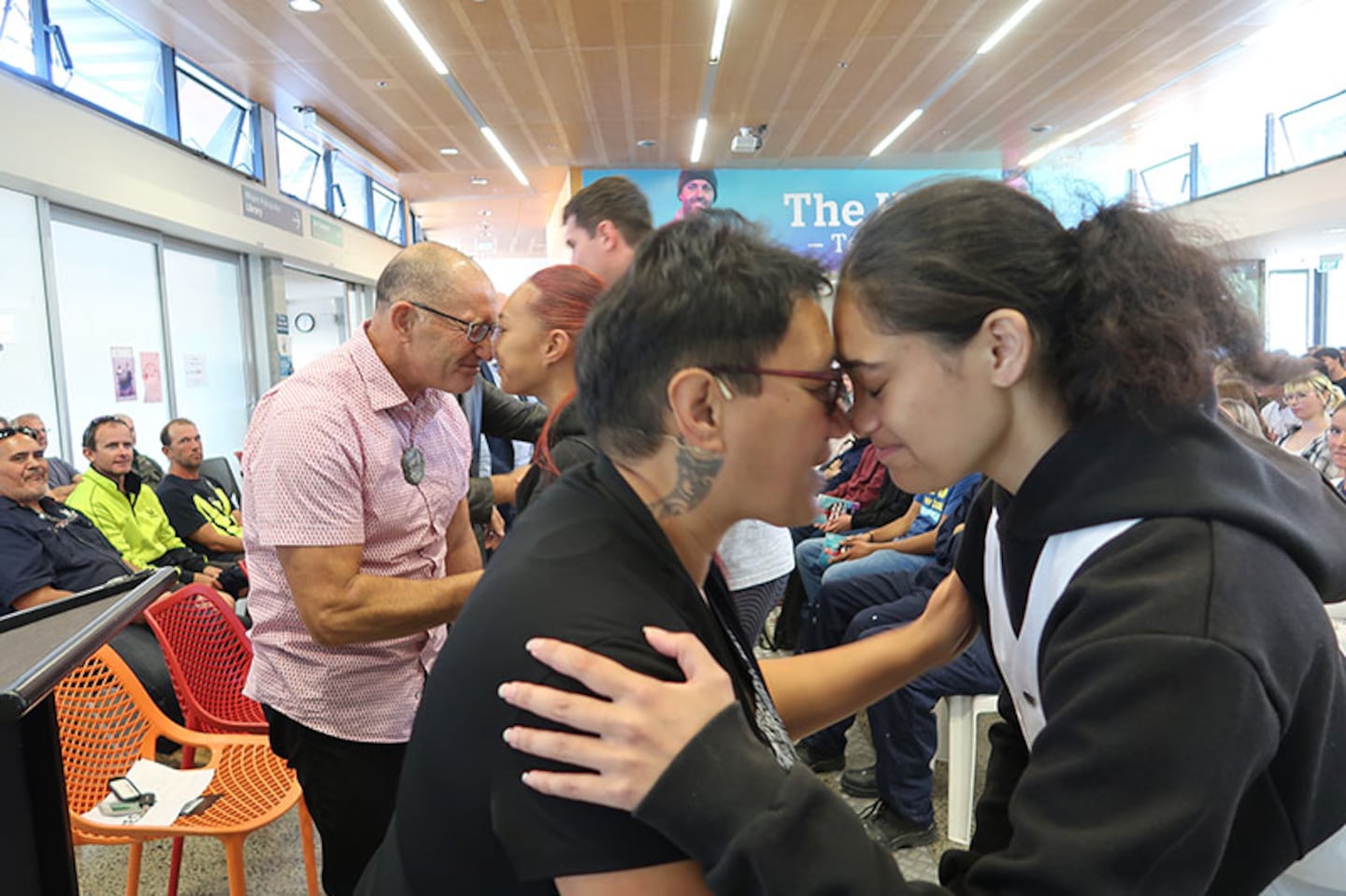Māori student enrolments are up at the largest vocational training institute in Te Waipounamu.
Ara Institute of Canterbury in Ōtautahi now has 223 more ākonga Māori engaged in study than the same time last year - a 13.2 percent growth in Māori learners.
A key to the gains has been the wraparound care of ākonga by Ara’s frontline staff, says kaumātua Harry Westrupp (Rongomaiwahine, Ngāti Kahungunu, Whānau ā Apanui, Rongowhakaata).
“As they say, ‘it takes a village’.
“Our enrolment and completion figures are testament to their work that is relentlessly focused on Māori achievement and whānau transformation.”
Māori navigator Emma Robertson says noho marae, offered four times a year, play an important role in helping ākonga deepen their connection to te ao Māori.
“Our noho provide a safe space for our Māori ākonga to be Māori and to connect with their taha Māori.”
She says this was evident at a recent stayover at Ara’s campus whare.
“This time we helped ākonga learn their whakapapa and build the confidence to put their pepeha together.
“Our guest speaker Danette Abraham Tiatia had a kōrero around ‘how Māori do you have to be to be Māori?’ and we also organised two offsite excursions focused on sharing stories and health and wellbeing.”
The trades are proving a major drawcard for Māori at Ara, as are courses to help prepare for mahi.
Ara’s Electrical Pre-Trade programme numbers have jumped 600% - an increase of 30 fulltime Māori students - while its Construction Skills offering is up 40%.
Career Prep courses appear a must as well, growing 49%. Also hugely popular is Beauty Therapy, up 85%.
Ākonga have rushed to learn Māori too, with a 50% increase in Māori studying Level 3 Te Reo Māori fulltime.
“When we put our people at the centre of all we do, whatever their goals are with us, the results will continue to come,” says Westrupp.
Te Runanga o Ngāi Tahu has been active in partnering with groups including Ara to increase Māori participation, success and progression in education and employment.
Ara’s catchment extends from Kaikōura in the north to Moeraki in the south, sweeping across the Canterbury Plains and encompassing 11 Ngāi Tahu marae and four pan-tribal urban Māori marae, Ara’s website says.



